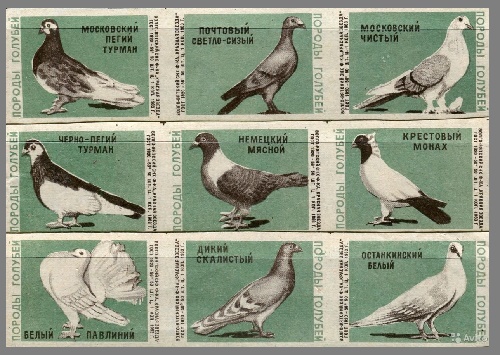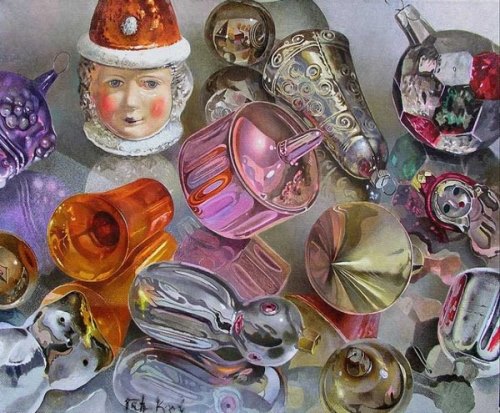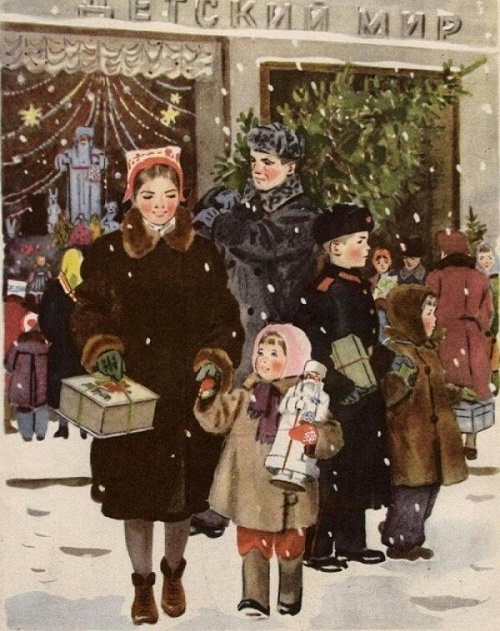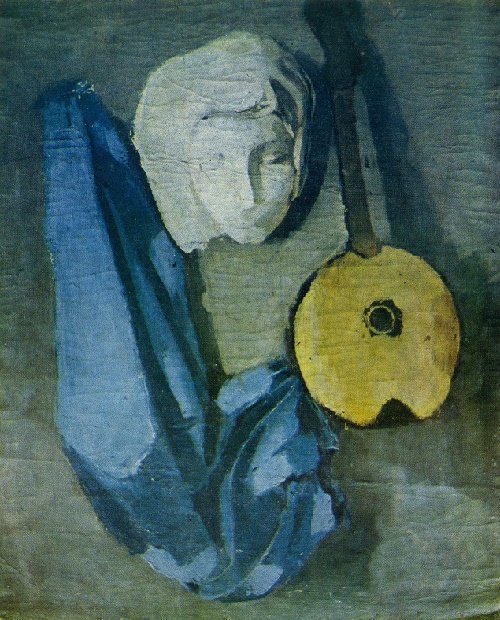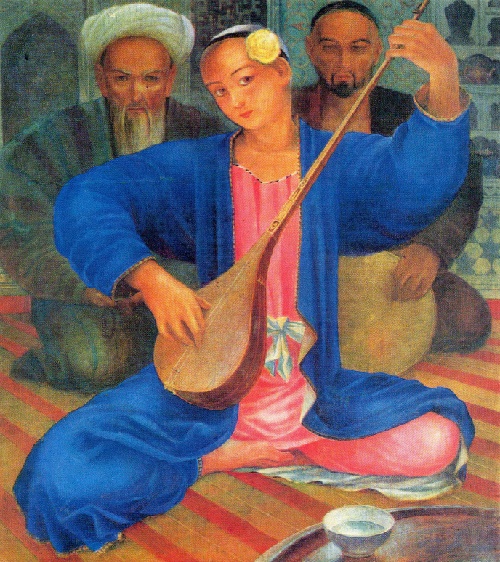Soviet artist Alexandr Kirchanov 1919-1987

State farm groom. Canvas, oil. 1969. Soviet artist Alexandr Kirchanov (August 28, 1919 – July 27, 1987)
Soviet artist Alexandr Kirchanov (August 28, 1919 – July 27, 1987) – painter, People’s Artist of the RSFSR (1984), member of the USSR Union of Artists (1953), and Honored Artist of the RSFSR (1972). He was the first of the Kuzbass artists who began to participate in the All-Union and republican exhibitions. Alexander Kirchanov refers to the constellation of Soviet artists, brought up by their time, the years of socialist construction. He lived in harmony with his era and therefore, was sincere in his work. One of the leading themes of his art is the small peoples of Siberia, inhabiting the edges. This direction has brought fame to him.
Read more »
